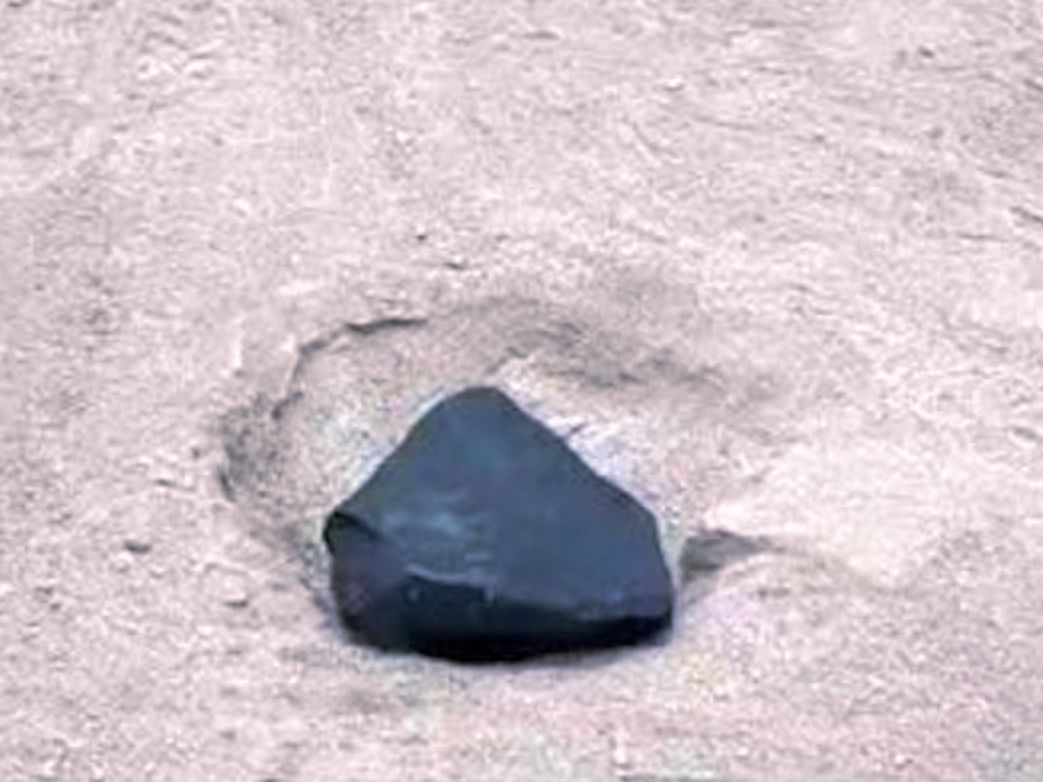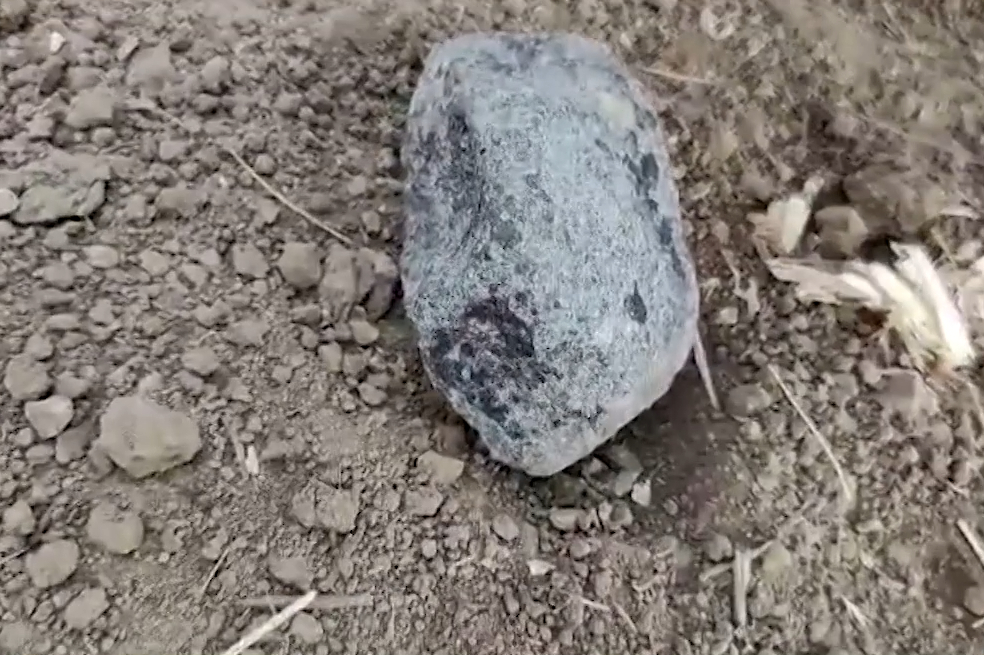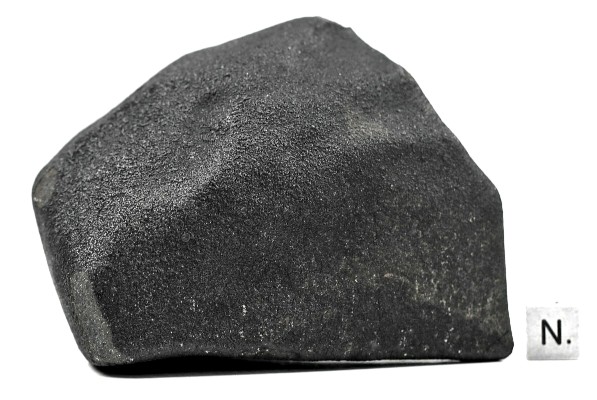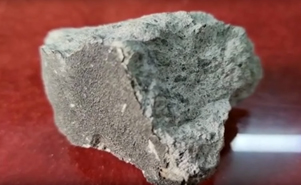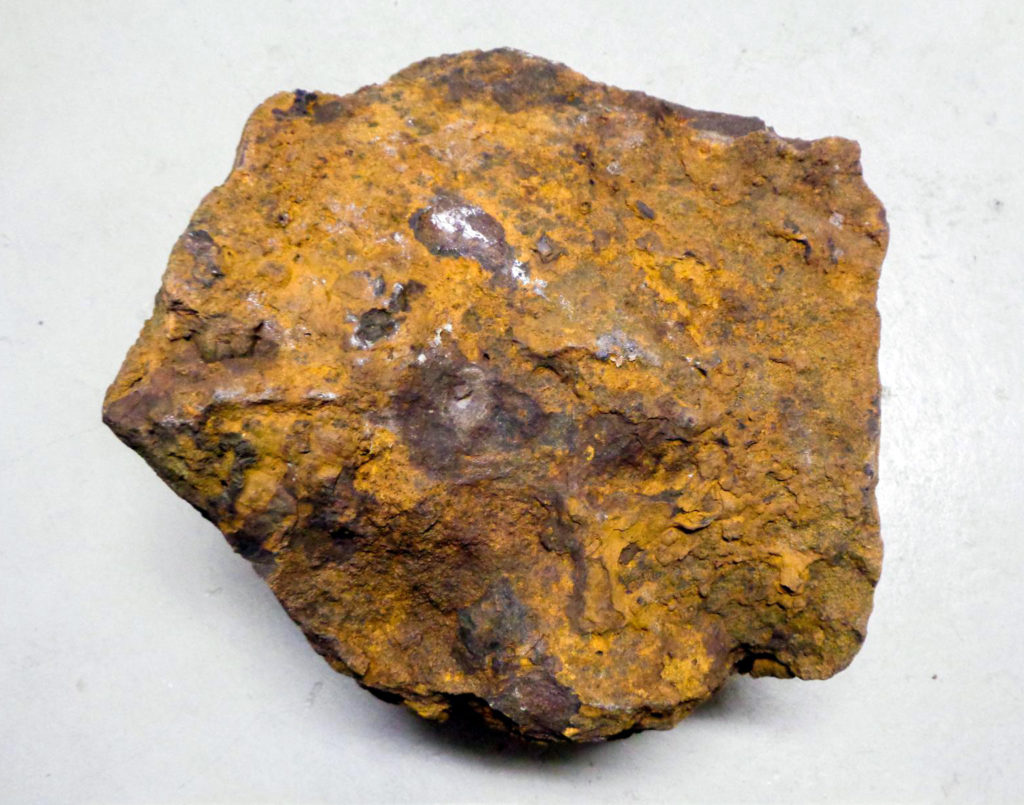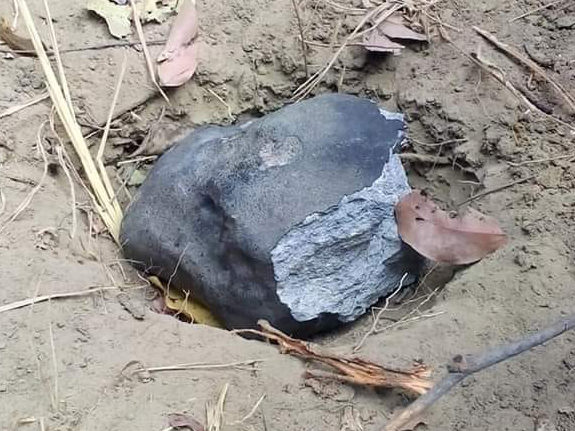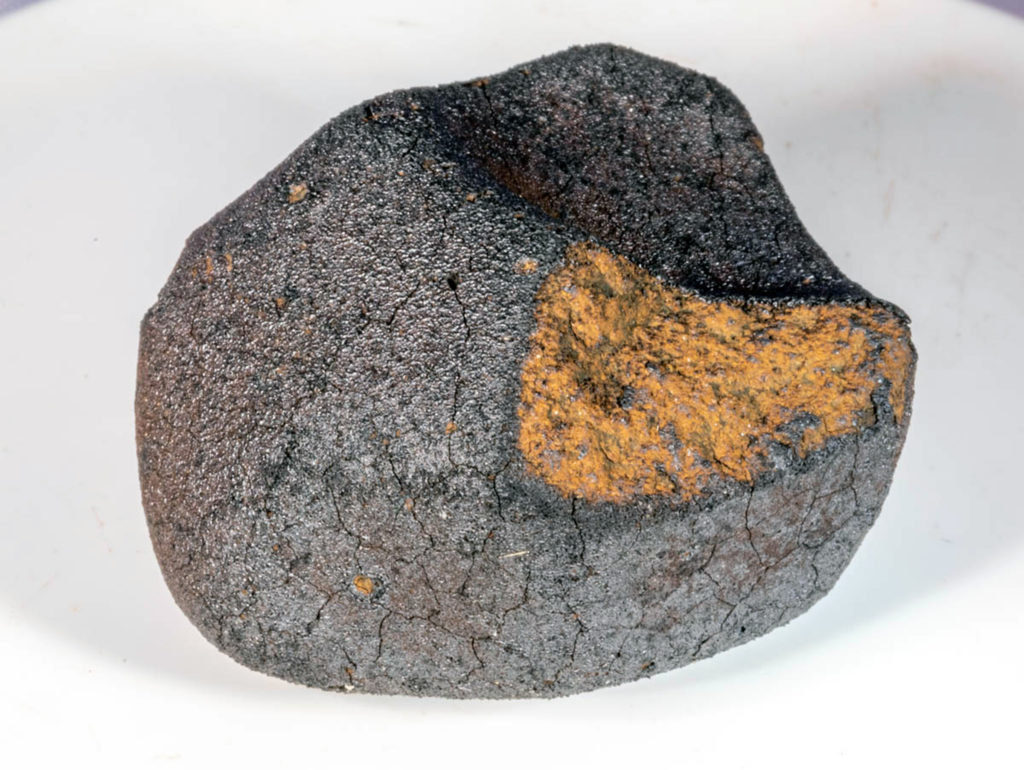Cosmogenic radionuclides in meteorites from the Otway Massif blue ice area, Antarctica: An unusual, well-preserved H5 chondrite strewn fieldOPEN ACCESS
Kees C. Welten, Marc W. Caffee, Monika E. Kress, Marlene D. Giscard, A. J. Timothy Jull, Ralph P. Harvey, John Schutt MAPS, Version of Record online: 12 September 2024 LINK (OPEN ACCESS)PDF (OPEN ACCESS) “The…
Production rates of cosmogenic nuclides in extraterrestrial material using GEANT4 softwareOPEN ACCESS
Patrik Čechvala, Róbert Breier & Jozef Masarik Journal of Radioanalytical and Nuclear ChemistryPublished: 27 September 2023 LINK (OPEN ACCESS)PDF (OPEN ACCESS) “We present a model for the calculation of the production rates of cosmogenic nuclides…
Short-Lived Radionuclides in Meteorites and the Sun’s Birth EnvironmentOPEN ACCESS
Steven J. Desch, Edward D. Young, Emilie T. Dunham, Yusuke Fujimoto, Daniel R. Dunlap Submitted as a chapter to Protostars and Planets VII PDF (OPEN ACCESS) “The solar nebula contained a number of short-lived radionuclides…
The Neutron Energy Spectra of Lunar Meteorites Evaluated from Sm and Er Isotopic CompositionsOPEN ACCESS
Hiroshi Hidaka, Shigekazu Yoneda, Kunihiko Nishiizumi, and Marc Caffee The Astrophysical Journal, Volume 925, Number 2, Published: 7 February 2022 LINK (OPEN ACCESS)PDF (OPEN ACCESS) “Cosmic-ray exposure records of 13 lunar meteorites, Dhofar 081, Dhofar…
Fossil records of early solar irradiation and cosmolocation of the CAI factory: A reappraisalOPEN ACCESS
David V. Bekaert, Maureen Auro, Quinn R. Shollenberger, Ming-Chang Liu, Horst Marschall, Kevin W. Burton, Benjamin Jacobsen, Gregory A. Brennecka, Glenn J. McPherson, Richard von Mutius, Adam Sarafian, and Sune G. Nielsen Science Advances •…
Cosmogenic 44Ti in meteorites – a divergence with 14C and 10Be data
M. G. Ogurtsov Advances in Space ResearchAvailable online: 20 April 2021 LINK “A record of 44Ti activity measured in 20 stony meteorites fallen during AD 1766-2001 was compared to six series of 44Ti activity, calculated…
Irradiation origin of 10Be in the solar nebula: Evidence from Li-Be-B and Al-Mg isotope systematics, and REE abundances of CAIs from Yamato-81020 CO3.05 chondrite
Kohei Fukuda, Hajime Hiyagon, Wataru Fujiya, Takanori Kagoshima, Keita Itano, Tsuyoshi Iizuka, Noriko T. Kita, Yuji Sano Geochimica et Cosmochimica ActaIn Press, Journal Pre-proof, Available online 20 October 2020 LINK “We have performed in situ…
The constancy of galactic cosmic rays as recorded by cosmogenic nuclides in iron meteoritesOPEN ACCESS
Thomas Smith, David L. Cook, Silke Merchel, Stefan Pavetich, Georg Rugel, Andreas Scharf, Ingo Leya Meteoritics & Planetary Science First Published: 21 November 2019 LINK (OPEN ACCESS) PDF (OPEN ACCESS) “We measured the He, Ne,…
Origin of the Short-lived Radionuclide 10Be and Its Implications for the Astronomical Setting of CAI Formation in the Solar Protoplanetary Disk
Kohei Fukuda, Hajime Hiyagon, Wataru Fujiya, Naoto Takahata, Takanori Kagoshima, and Yuji Sano The Astrophysical Journal, Volume 886, Number 1 Published 2019 November 15 LINK “We report Li–Be–B and Al–Mg isotopic compositions of Ca-Al-rich inclusions…
On the origin of 7Be isotopic records in a Calcium, Aluminium, -rich inclusionOPEN ACCESS
Ritesh Kumar Mishra, Kuljeet Kaur Marhas PDF “A prime question in the formation and early evolution of the Solar system studies is to discern the source(s) of short-lived now extinct nuclides and to determine the…
Meteoritic evidence of a late superflare as source of 7Be in the early Solar System
Ritesh Kumar Mishra & Kuljeet Kaur Marhas Nature Astronomy 1–8 (2019) LINK “Fossil meteoritic records of short-lived, now-extinct radionuclides provide crucial high-resolution temporal information about the events, processes and activity of the Sun during the…
On beryllium-10 production in gaseous protoplanetary disks and implications on the astrophysical setting of refractory inclusionsOPEN ACCESS
Emmanuel Jacquet Accepted to Astronomy & Astrophysics PDF (OPEN ACCESS) “Calcium-Aluminum-rich Inclusions (CAIs), the oldest known solids of the solar system, show evidence for the past presence of short-lived radionuclide beryllium-10, which was likely produced…
High early solar activity inferred from helium and neon excesses in the oldest meteorite inclusions
L. Kööp, P. R. Heck, H. Busemann, A. M. Davis, J. Greer, C. Maden, M. M. M. Meier & R. Wieler Nature Astronomy (2018) Published: 30 July 2018 LINK “Astronomical observations show that early in…
Terrestrial Ages of Meteorites Using in situ C-14 and Be-10 Measurements
Sliz M. U., Braucher R., Gattacceca J., Hofmann B. A., Jull A. J. T., Leya I., Szidat S., ASTER Team 81st Annual Meeting of The Meteoritical Society 2018 [#6297] abstract “We present the preliminary 14C/10Be…
Cosmogenic Nuclides in Antarctic Meteorites: Opportunities and Directions
Caffee M. W. * Herzog G. F. Jull A. J. T. Nishiizumi K. Welten K. C. 80th Annual Meeting of the Meteoritical Society 2017 [#6150] abstract (PDF) “Cosmogenic nuclide studies of Antarctic meteorites have allowed…
Early Solar System irradiation quantified by linked vanadium and beryllium isotope variations in meteoritesOPEN ACCESS
Paolo A. Sossi, Frédéric Moynier, Marc Chaussidon, Johan Villeneuve, Chizu Kato & Matthieu Gounelle Nature Astronomy 1, Article number: 0055 (2017) doi:10.1038/s41550-017-0055 Published online: 20 March 2017 PDF (OPEN ACCESS) LINK “X-ray emission in young…
Effects of meteoroid shape on cosmogenic nuclide production processes
Masarik, J. and Beňo, J. (2015) Meteoritics & Planetary Science. doi: 10.1111/maps.12423 LINK
26Al and 10Be Activities in Chelyabinsk (LL5): Implications for Cosmic-Ray Exposure History
J. Park, G. F. Herzog, L. E. Nyquist, C.-Y. Shih, M.-K. Haba, K. Nagao 46th Lunar and Planetary Science Conference (2015), Abstract #1453 PDF LINK

